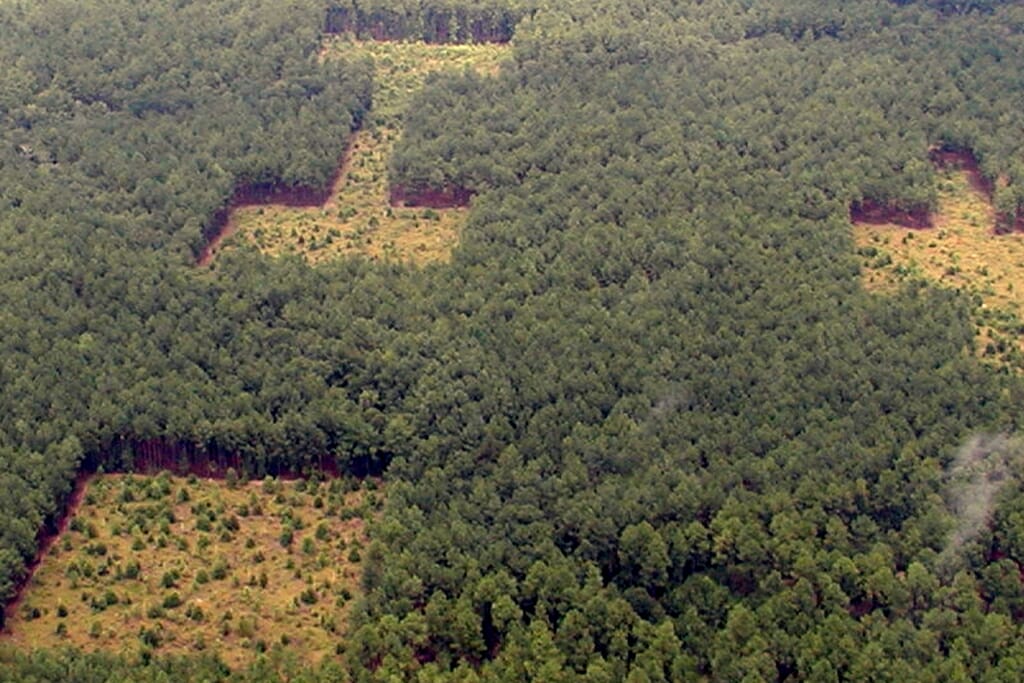






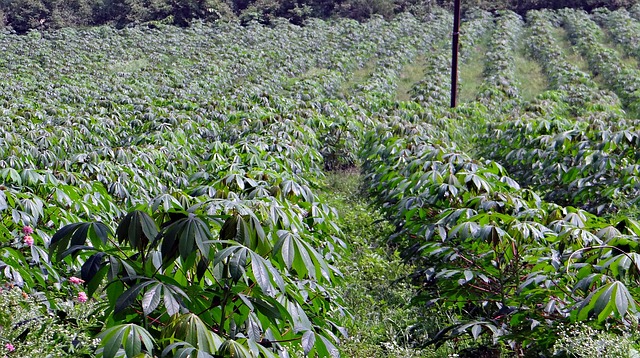
World leaders gather for the UN General Assembly on the 25th September, hundreds of emerging leaders focused on fighting global inequality came together at the Bill & Melinda Gates Foundation’s third annual Goalkeepers event in New York City. Among them, University of Illinois scientist Amanda De Souza highlighted a crop of inequality called cassava, which has starchy, tuberous roots that sustain more than 500 million people in sub-Saharan Africa, yet cassava has been largely neglected by research and development compared to the staple crops of wealthier regions. Recently, De Souza and a team from Realizing Increased Photosynthetic Efficiency (RIPE) published a study in New Phytologist that identified opportunities to improve cassava yields—which have not increased for more than fifty years in Africa.
“For smallholder farmers who depend on tiny plots of land to feed and support their families, cassava is a ‘backup’ crop when other crops fail,” De Souza said at Goalkeepers, where she described her work to improve cassava through the RIPE project. “Especially for women, who represent a majority of smallholder farmers, cassava is a savings account. It is a resource they can harvest all year to pay for things like medical treatments and their children’s school fees.”
The RIPE project is an international effort to develop more productive crops by improving photosynthesis—the natural, sunlight-powered process that all plants use to fix carbon dioxide into carbohydrates that fuel growth, development, and ultimately yields.
Led by RIPE researchers at Illinois and Lancaster University, this study examined factors that limit photosynthesis in 11 popular, or farmer-preferred, African varieties of cassava with the goal to eventually help cassava overcome photosynthetic limitations to boost yields.
First, the team examined the photosynthetic limitations of cassava exposed to constant high levels of light, like a plant would experience at midday with cloudless skies. In these conditions, and like many crops, cassava’s photosynthesis is limited (by as much as 80 percent) by two factors: One half is due to the low speed that carbon dioxide molecules travel through the leaf to reach the enzyme that drives photosynthesis, called Rubisco. The other half is because Rubisco sometimes fixes oxygen molecules by mistake, wasting large amounts of the plant’s energy.
Next, the team evaluated the limitations of photosynthesis under fluctuating light conditions. Surprisingly, and unlike most crops, Rubisco was not the primary limiting factor when leaves transitioned from shade to sunlight, like when the sun comes out from behind a cloud. Instead, cassava is limited by stomata, which are microscopic pores on the surface of leaves that open to allow carbon dioxide to enter the plant but at the cost of water that escapes through these same pores. Stomata are partially closed in the shade and open in response to light when Rubisco is active.
“Rubisco is the major limiting factor during this transition from shade to light for most plants, including rice, wheat, and soybean,” De Souza said. “Cassava is the first crop that we have found where stomata limit photosynthesis during these light transitions more than Rubisco.”
Illinois’ Postdoctoral Researcher Yu Wang created a computer model to quantify how much cassava would gain by overcoming this limitation. According to the leaf-level model, if stomata could open three times faster, cassava could fix 6 percent more carbon dioxide each day. In addition, cassava’s water use efficiency—the ratio of biomass produced to water lost by the plant—could be improved by 16 percent.
In addition, the team found that it takes as long as 20 minutes for cassava to transition from shade to full light and reach the maximum rate of photosynthesis, which is quite slow compared to other crops such as rice that can transition in just a few minutes. However, the fastest variety of cassava could transition almost three times faster and fix 65 percent more carbon dioxide into carbohydrates than the slowest variety. Closing this gap is another opportunity to improve cassava’s productivity.
“Plants are constantly moving from shade to light as leaves shift and clouds pass overhead,” said RIPE Director Stephen Long, Ikenberry Endowed University Chair of Crop Sciences and Plant Biology at Illinois’ Carl R. Woese Institute for Genomic Biology, who contributed to this study. “We hope that the variation that we discovered during these light transitions among cassava varieties can be used to identify new traits, and therefore opportunities for us to improve cassava’s photosynthetic efficiency and yield potential.”
2019 marks the third year of Goalkeepers, an initiative dedicated to accelerating progress towards the Global Goals. The Goalkeepers annual event in New York is a gathering of approximately 400 world leaders, global activists, and community changemakers, using powerful stories, data and partnerships to highlight progress achieved, hold governments accountable and bring together a new generation of leaders to address the world’s major challenges.
Read the paper: New Phytologist
Article source: Carl R. Woese Institute for Genomic Biology, University of Illinois at Urbana-Champaign
Image credit: Bishnu Sarangi / Pixabay
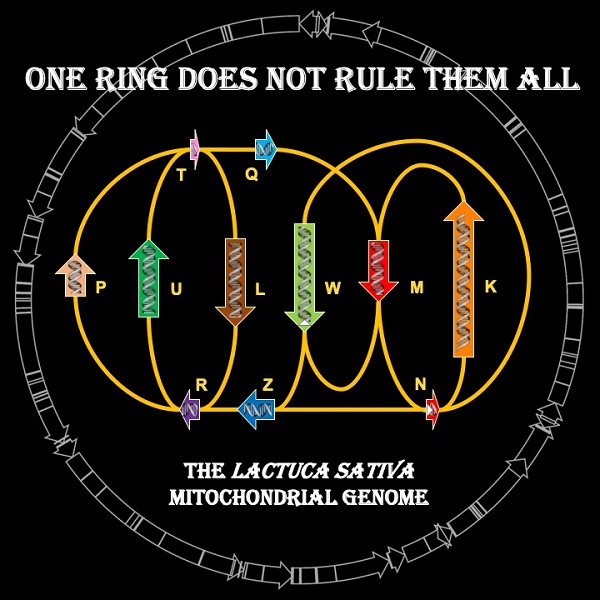
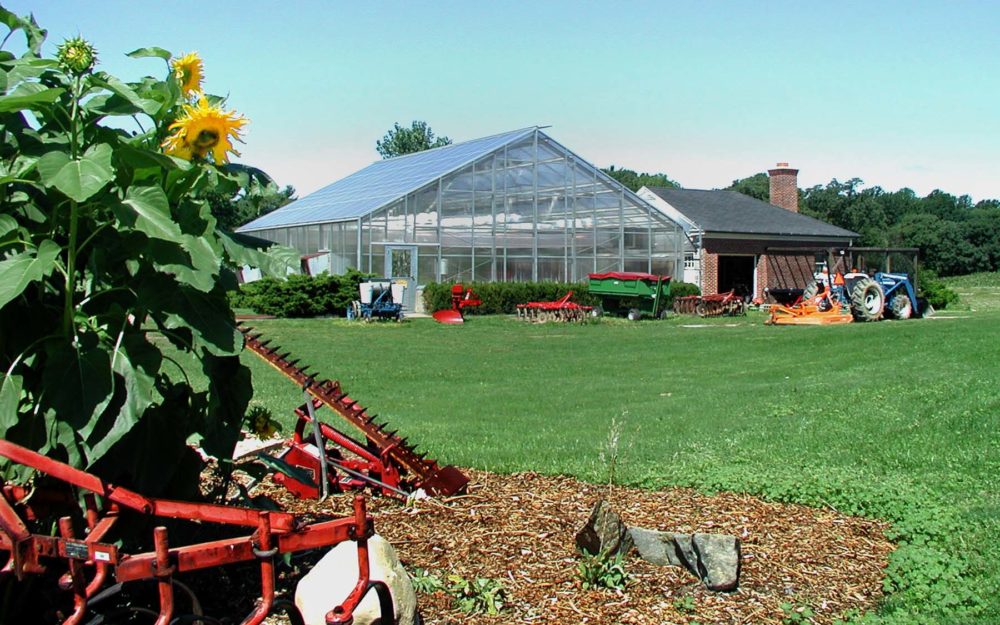
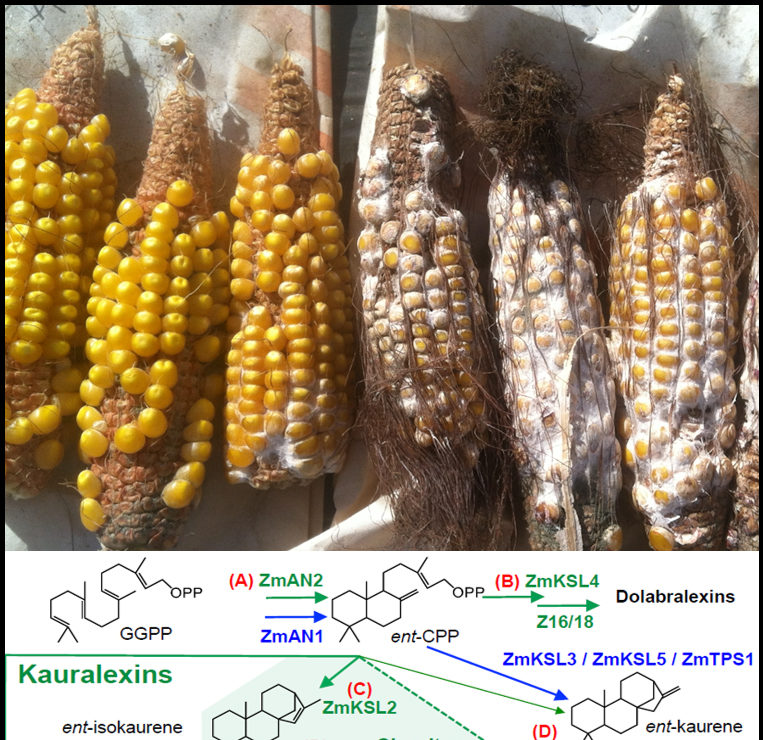

Grasslands make up more than 40% of the world’s ice-free land and have sustained humanity and thousands of other species for eons. In addition to providing food for cattle and sheep, grasslands are home to animals found nowhere else in the wild, such as the bison of North America’s prairies or the zebras and giraffes of the African savannas. Grasslands also can hold up to 30% of the world’s carbon, making them critical allies in the fight against climate change.
Climate change is causing grasslands to shift beneath our feet, putting these benefits at risk. Global change — which includes climate change, pollution and other widespread environmental alterations — is transforming grasslands and the plant species in them. A new study from researchers at Michigan State University shows what these changes to grassland plant communities look like, and reveal they are not always in ways scientists expect.
“Here in the Midwest, grasslands have been reduced to less than 1% of what they were at the time of European settlement and understanding what drove these changes is important to managing and restoring these systems” said Kay Gross, a plant ecologist at MSU’s Kellogg Biological Station, or KBS, and one of the authors of the study. “Our research at the KBS Long Term Ecological Research site and Allegan State Game Area had provided important information on these processes, but including our data into this larger synthesis reveals insights that are not apparent in site-specific research.”
The new paper, published in the Proceedings of the National Academy of Sciences, offers the most comprehensive evidence to date on how human activities are changing grassland plants.
The team looked at 105 grassland experiments around the world, including other sites from the National Science Foundation’s Long Term Ecological Research program and other research done at KBS. Each experiment tested at least one global change factor — such as rising carbon dioxide, hotter temperatures, extra nutrient pollution or drought. Some experiments looked at two or more of these factors. The team was led by Kimberly Komatsu, a grassland ecologist at the Smithsonian Environmental Research Center, and included researchers from around the world—including former KBS graduate students Emily Grman and Greg Houseman. Team members contributed data from a wide range of grasslands, and developed analyses to determine whether global change was altering the composition of grasslands, both in the total number and kinds of plant species present.
They discovered grasslands can be surprisingly tough — to a point. And it can take time for these changes to be detected. In general, grasslands resisted the effects of global change for the first decade of exposure. But after 10 years of exposure to a climate change factor, species began to shift. Half of the experiments lasting 10 years or more found a change in the total number of plant species, and nearly three-fourths found changes in the types of species. By contrast, only 20% of the experiments that lasted less than 10 years picked up any species changes at all. Experiments that examined three or more aspects of global change were also more likely to detect grassland transformation.
“I think grasslands are very, very resilient,” said Meghan Avolio, co-author and assistant professor of ecology at Johns Hopkins University. “But when conditions arrive that they do change, the change can be really important.”
To the scientists’ surprise, the identity of grassland species can change drastically, without altering the number of species. In half the plots where individual plant species changed, the total amount of species remained the same. In some plots, nearly all the species had changed.
For the team, this is a sign of hope that most grasslands could resist the experimentally induced global changes for at least 10 years. And that maybe grasslands are changing slowly enough that we can prevent catastrophic changes in the future.
However, time may not be on our side. In some experiments, the current pace of global change transformed even the “control plots” that were not exposed to experimentally higher global change pressures. Eventually, many of those plots looked the same as the experimental plots.
“Working collectively to understand how climate change is affecting grasslands is critical so that we can better restore and manage this important habitat that we and many other species depend on,” Gross said. “Long-term experiments and data sets are crucial for these efforts.”
Read the paper: Proceedings of the National Academy of Sciences
Article source: Michigan State University
Image credit: Kevin Kahmark, Michigan State University